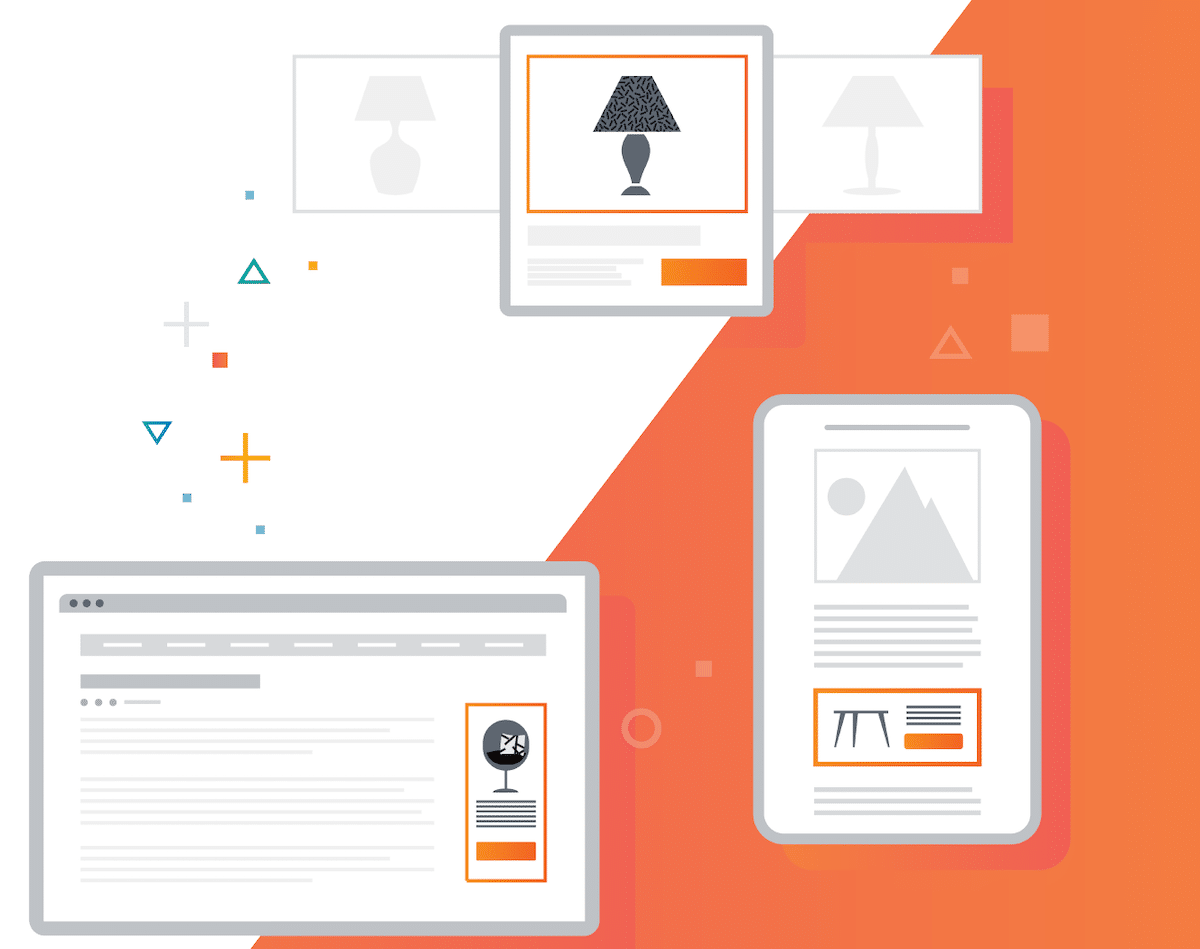AI was once a buzzword, but today, its influence on our daily lives is greater than ever before. Whether we’re reading emails or sifting through Netflix, artificial intelligence is making decisions to better our user experience based on our preferences, our tendencies, and our behaviors.
At Criteo, we harness the power of AI to optimize the customer experience and empower brands and retailers to deliver hyper-relevant ads. Artificial intelligence has huge impact on a variety of other industries, too.
Across medicine, search, language, cars, and of course advertising, AI has been instrumental in driving innovation. Here’s how we see artificial intelligence influencing our day-to-day routines.
Cars
AI has very publicly changed the future of driving and automobiles. Self-driving vehicles are able to navigate a near infinite number of scenarios. These smart cars make human-error accidents less likely, and can also automatically adjust settings based on their owner’s likes and dislikes, like turning up the heated seats on a cold winter’s night.
Navigation
Apps like Waze calculate traffic and construction in order to find the quickest route to your destination, all powered by AI.
Navigation services make these adjustments based on these types of elements each and every time they’re given a command, which is also the case when it comes to ride-sharing services.
Banking
Financial institutions have been slower to adopt innovation, but they’re no strangers to artificial intelligence as today’s audience expects customization, especially when it comes to their investment plans. AI is used by many banks to personalize their customer communications and overall mobile app experience.
For example, the Wells Fargo app looks at account information to analyze recurring payments and user behavior in order to provide personalized alerts such as bill pay reminders, pre-overdraft alerts, and transfer prompts.
Medical
Machine learning, a subset of AI, has had tremendous influence on how the medical field treats and communicates with patients across every stage of patient interactions.
ML is being used to review medical images and look for tumors and make diagnoses from pathology reports. AI has played a huge role in detecting potential symptoms, which is more efficient than the manual processes that existed before. Chatbots that can help find the patterns in patient symptoms and facial recognition software are being combined with deep learning to help identify rare genetic diseases.
Search
Search engines have leveraged AI technology to the max. When it comes to search, AI is constantly learning from a user’s behavior to deliver better results on both the customer and the brand side.
For example, if you type “high tops” into your browser, after a few minutes of seeing how you poke around, a search engine will begin to understand that you’re looking for a table to complement your home bar set up, not cool sneakers. These decisions help save users more time by thinking intuitively as a search engine, but they also provide a chance for hyper-relevant advertising (we’ll touch on this soon).
Much like search, email has been revolutionized by machine learning and artificial intelligence. Google uses AI to power a variety of features, like spam detection, to ensure that all incoming emails are authentic. Their filters attempt to sort emails into Primary, Social, Promotions, Updates, Spam, among other categories.
Artificial intelligence is also behind the Gmail’s smart replies and smart reminders. All email programs are almost expected to help you find the important communications as easily as possible.
Instead of a manual reply, users are one click away from an auto-filled answer by the email service. Nowadays users also have the luxury of smart reminders where the service attempts to determine which emails need attention that haven’t yet been addressed.
Language
Speech has become mainstream when communicating with devices, whether we’re speaking to our home assistants or even our cars. Machine learning systems are improving by the second in understanding human language and responding in kind. Some applications of natural language processing (NLP) include machine translation, speech recognition, and sentiment analysis.
AI has already become the backbone for speech-activated devices, and it will continue to grow into a way of interaction that we use in other areas of everyday life. Likewise, we can see how automated phone systems have replaced call centers in an effort to streamline customer service.
Ads
AI helps businesses analyze huge data sets about their customer base to provide advertising that is progressive and in line with where they are in their individual customer journey, all based on their past engagements, behaviors, and preferences.
For example, by learning about how a recent home buyer shops and browses, AI can create ads that are so helpful they actually help the person furnish an empty home, rent a moving truck, and acquire all of the other things they’ll need as a new homeowner.
AI is prominent in a variety of areas in our everyday lives, and as the technology continues to improve, we’ll see even more of its impact on how we make decisions and interact with brands.
To learn more, download our Ultimate Guide to AI-Powered Ads:


















